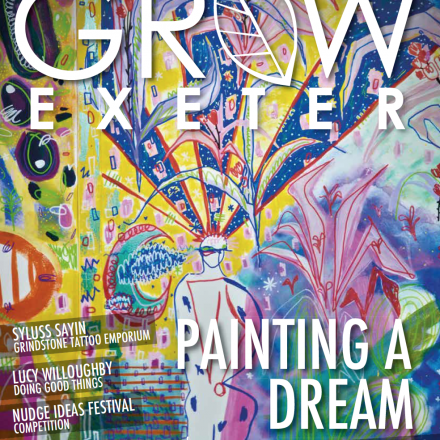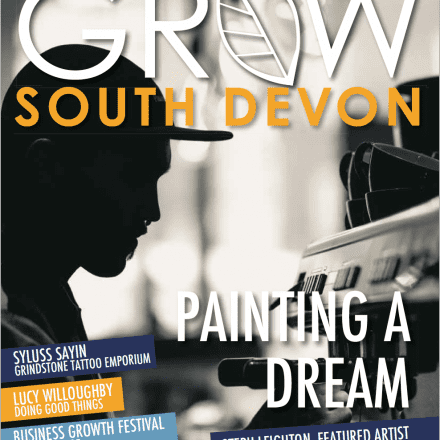
Straight Talk - Invading The Bubble
‘Please don’t sit next to me …’ Words I whisper under my breath on my early morning bus ride into work. Silly really; the bus fills at that time of day so, of course, someone is going to sit next to me.
I don’t travel lightly either, with my ‘survival kit’ tote bag, laden with water bottle, banana, umbrella, hand sanitizer, rechargeable batteries with charger (yes I really do carry that around), my laptop and any other object that has found its way into the menagerie. Let’s not get started on my handbag and its contents! Needless to say, when someone sits next to me, it all ends up balanced precariously on my lap. One journey, I realised that the handle of my handbag was knocking against the head of the passenger in front, at regular intervals. He didn’t even turn around to glare at me, bless him.
But that’s not the only reason that I’d rather sit alone. My bubble, aka personal space requirement, is quite extensive. I have always been a little hesitant when it comes to the ‘touchy-feely’ stuff and have had to train myself not to recoil. To allow human contact when greeting someone; whether it’s a hug or a handshake, or (heaven forbid) a kiss on the cheek (and then do you do lean in for one and linger for two?) Awkward if you get that one wrong!
Research has interestingly shown that it is a basic function of the brain to feel uncomfortable when personal space is invaded. A bit of a survival thing in maintaining awareness in the space around you – it’s instinctive. There are varying degrees of bubble-space though, depending on our personal life experiences. Some more claustrophobic individuals (me) may require greater gaps.
Edward Hall, who was an American anthropologist, broke the bubbles down into four levels at varying distances from the body. The smallest and closest level to our bodies is our intimate space, normally reserved for our children, lovers, pets and closest friends. The second level - personal space - is where friends and acquaintances are welcome, third - social space - reserved for strangers/new acquaintances and finally public space which is open to everyone.
Back to the bus ride, with me playing a mental game of who might sit next to me and wondering if people choose to sit next to a specific type of person, or whether it’s just random. I’ve noticed, understandably, that young college students will normally gravitate towards other young students and they sit quite comfortably ignoring each other, with headphones in, engrossed in their phones.
On our morning ride, most people politely allow the seats next to them to be filled (even me!). There have been one or two, however, who sit in the aisle seat, headphones in, staring out the window, seemingly oblivious to those standing. In fact, research carried out in the US over a few years, revealed that some will go to great lengths to avoid being sat next to. From avoiding eye contact, sitting in the aisle seat with headphones in, pretending to be asleep, to even feigning illness.
Ironically, with loneliness on the rise in our age of super connectivity, it got me thinking that perhaps us humans could reach out to each other a bit more. People may think we are a little odd at first, but what if we smile down the aisle at passengers approaching? Or chat to someone, making that connection, which is way more valuable to our well-being than a ‘like’ and yes, even better than the coveted ❤️ or 🤣 on Social Media. Dare we let our bubbles overlap a little, make eye contact, smile, talk even?
One bus trip, I noticed, a young man sitting close to the front, headphones on, in a world of his own. An elderly passenger embarked, and as there were no seats left, she stood in the aisle next to him. Fascinated, I watched to see what he would do and, at first, he didn’t do anything. I almost looked away, losing interest, but then, he glanced up and was visibly startled from his reverie. He pulled his headphones off whilst jumping up to offer her a seat. The joy on her face was a delight to behold and their interaction, though small, was touching to see. A real ‘warm fuzzy’ moment.
Imagine if the choice for human closeness was taken away, like the boy, played by Jake Gyllenhaal, in the movie Bubble Boy. He lives life in a plastic bubble for years, thinking he has no immune system (**Spoiler Alert! Because his mum wanted to protect him). Imagine his exuberance at shedding the defunct bubble. Being able to kiss his girlfriend, ‘high five’ his mates and to even hug a stranger. Now, going around hugging everyone maybe a little extreme, but we could all lower our ‘bubbles’ a little and embrace our community with a smile, a nod or an ‘Alright?’.
Next time you’re on the bus, look out for a stack of bags, behind which sits someone (me) in the throes of smiling, saying hello and trying her best not to knock people on the back of the head.
Written by Stella Nicholls










